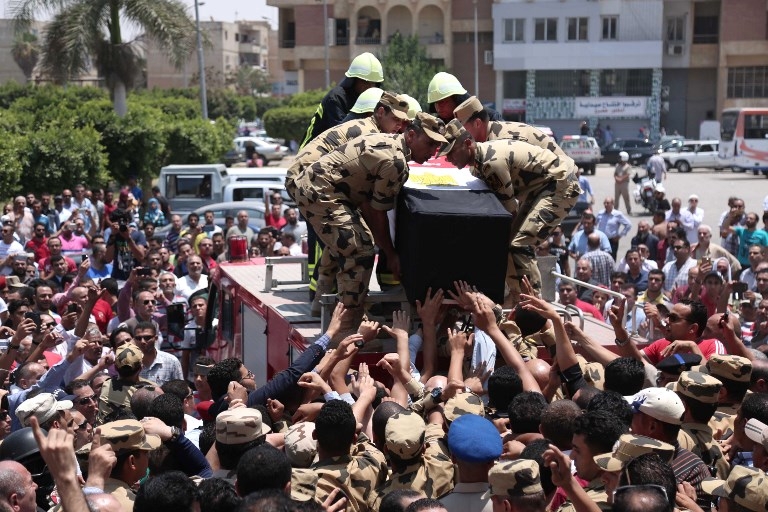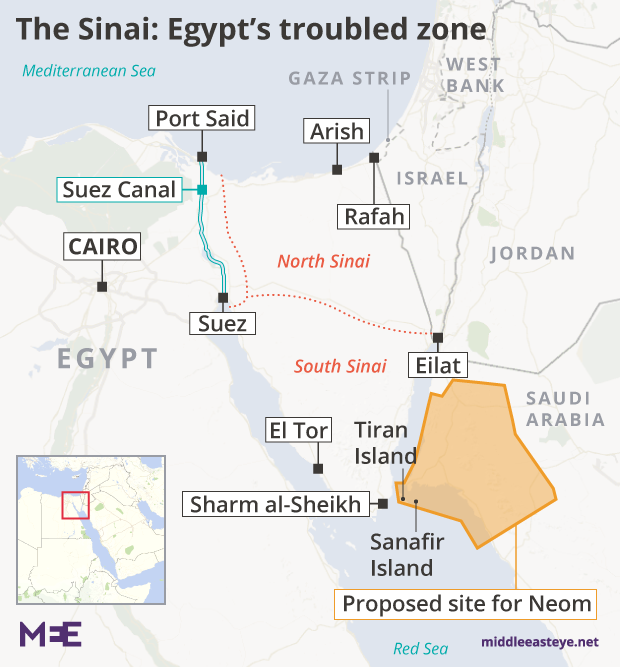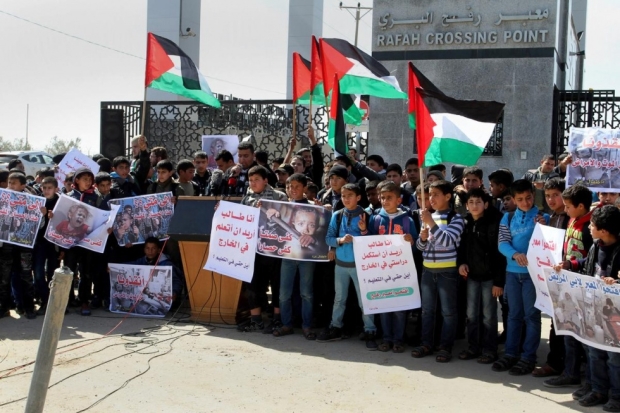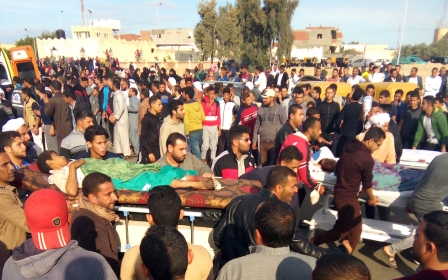Egypt mosque attack: Everything you need to know about the Sinai

Egypt continues to mourn the loss of the hundreds who were killed and injured at the Al-Rawda mosque attack in the northern Sinai on Friday.
At least 305 people, including 27 children, were killed after militants set off a bomb and then shot at worshippers who attempted to flee the massacre.
No militant group has yet claimed responsibility for the attack.
But it has raised wider questions about the Sinai, and what led to the worst militant attack in modern Egyptian history taking place, as the area continues to be in a state of emergency.
Where is Sinai?
Situated in the eastern part of the country, the Sinai is known for its sprawling desert and rich coral reefs that attracts thousands of tourists to resorts such as Sharm El-Sheikh on the peninsula's southern tip. North Sinai is however a no-go zone for tourists due to the ongoing violence and state of emergency.
Israel occupied the peninsula in 1967 after the Six Day War, but it was reclaimed by Egypt in 1982 after then-president Anwar Sadat signed the US-backed Camp David agreement, which normalised relations between the two countries.
Why is the Sinai important?
The Sinai peninsula shares an all-encompassing border with Israel and the blockaded Gaza Strip, making security in the Sinai a priority for both Egypt and Israel.
Cairo has continued to build a buffer zone on the border which has meant the demolition of thousands of homes and forced removal of thousands from the Rafah area.
The Red Sea islands of Tiran and Sanafir, just off the coast of southern Sinai, lie within Israel's only gateway to its southern port Eilat and look set to play a crucial role in the building of Saudi Arabia's proposed mega-city, Neom.
Commentators have questioned whether the Saudi-controlled islands, handed to Riyadh by Egyptian President Abdul Fattah al-Sisi in June, are being used by Riyadh to build stronger relations with Israel.
Who are the key players in Sinai?
More than 1.4 million people live in the Sinai, the majority of whom are Bedouins who possess a distinct identity.
A lack of government investment in the Sinai and a brutal counter-insurgency campaign have helped breed resentment amongst Sinai Bedouins towards the Egyptian authorities.
Sinai Province, the local IS affiliate, has proven to be the most active group in the area. The group has recruited Bedouins, but the majority of its ranks are comprised of Egyptians and foreigners from other Arab countries.
It formally pledged its allegiance to the Islamic State in 2014 and staged a series of attacks against the army in 2015, which indicated the potential of closer coordination with the IS leadership in Syria.
Before last Friday's attacks, however, IS militants had warned local Bedouins to celebrate the Prophet Muhammed's birthday and not work with the Egyptian army against the Islamic State group.
History of poverty
The Bedouins and Palestinians in Sinai have borne the brunt of poverty and underdevelopment with many turning to the black market for employment.
Since 1982, development programmes launched by the Egyptian government have discriminated against Sinai's Bedouins in both housing and jobs in the north, while it prioritised developing tourist enclaves like Sharm el-Sheikh in the south, which ultimately provided employment for expats and Egyptian migrants from the Nile Valley.
These developments, however, offered few opportunities for the local Bedouin population and often came at the expense of their land rights being taken away from them.
Have there always been attacks?
Since the early 2000s, the Sinai has been the stage for a series of attacks, from bombs planted on army checkpoints and police stations to the 2015 downing of a Russian passenger plane.
Attacks against the army, however, intensified after president Mohamed Morsi was ousted from power in 2013. Militia groups exploited the instability and have since staged numerous attacks against the security services.
What has the Egyptian army done in the Sinai?
The Egyptian army's campaign to combat Islamic militants in the area has cost the lives of hundreds of civilians in the area.
The demolition of houses by the government and killing of civilians by the army has also been a major recruitment tool for militants who operate in the area.
Controversially, a video surfaced in 2014 that showed Egyptian army operatives executing several unarmed civilians in the Sinai.
This was corroborated by Human Rights Watch who identified the executioner as a well-known member of a local militia that worked for the Egyptian military.
Middle East Eye propose une couverture et une analyse indépendantes et incomparables du Moyen-Orient, de l’Afrique du Nord et d’autres régions du monde. Pour en savoir plus sur la reprise de ce contenu et les frais qui s’appliquent, veuillez remplir ce formulaire [en anglais]. Pour en savoir plus sur MEE, cliquez ici [en anglais].










